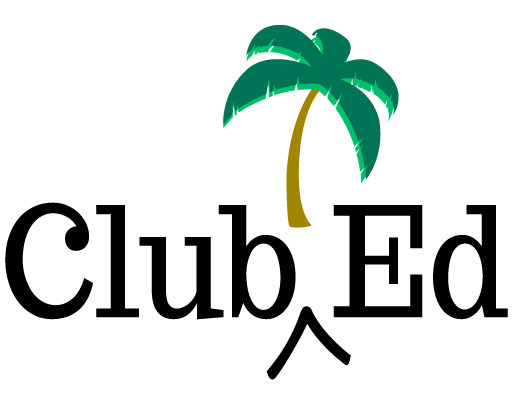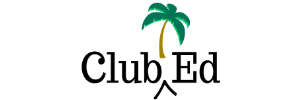How to Edit: Less Is More
My best book editing tip is just three words: Less is more. The deliverables for a developmental edit are (1) an edited manuscript and (2) a revision letter. It doesn’t get any more basic than that!
Basics of Book Editing
Deliver an edited manuscript and a revision letter. That’s it.
Sometimes newer editors also add charts, spreadsheets, color coding, and map keys, which can feel unintegrated and overwhelming to the author receiving them. If you do the work of integrating your information into your edit, then the author doesn’t have to. The author can focus on revising according to your recommendations.
Certainly, some editors can have success with this scattershot approach, but usually, less is more. You don’t have to pile on graphics, spreadsheets, ancillary documents, and tables (and I would argue you generally shouldn’t) to perform an effective edit that the author can use to guide their revision.
If you are going to add spreadsheets and treasure maps, at least be sure your client understands you’re going to do it. When you deliver it, make sure the author understands how the moving parts work together.
But you’re probably overcomplicating it and making the author’s process harder rather than easier. The reason is simple: to produce a cohesive edit that doesn’t require more than an edited manuscript and a revision letter, you have to do a lot of work! You have to connect many dots and do a lot of thinking.
So when you add a lot of supplemental materials to an edit, sometimes, even (I would argue) often, this means you’re not creating a cohesive edit – you’re shifting at least some of the editorial burden back to the author.
“But I’m using the spreadsheet to show the author what to do in each chapter!” such editors sometimes say. But that’s what the editorial queries are for and what the overall revision letter describes. Don’t needlessly complicate the end product.
Over the years of teaching editing, I’ve learned to appreciate the beauty of a revision that runs six or seven pages (I used to say this was far too long for a revision letter). Now, I see how adding more examples and fuller explanations of problems helps my authors create excellent revisions. So sometimes, more is more!
But be sure that anything you add to an edit serves the author instead of yourself.
Tips for Editors & Writers
-
Pay Attention to Red Flags
A while back, I was looking for an apartment to rent in Los Angeles and I found a possibility on one of the rental sites (you know, like Apartment.com or Zillow). The property described sounded like what I was looking for and the rent was about right for the age of the property, its amenities,…
-
Fire Bad Clients
I often encourage freelance editors to work with corporate clients, such as book publishers and packagers, in order to provide a more stable workflow and better-paying work. Indie authors may be great fun to work with, but one author typically won’t come to you ten or fifteen times a year with more work, the way…
-
What Makes an Expert Editor?
Doing something for a long time does not equal expertise. I’ve been singing in the shower for years, but you would not want my tips on training your vocal cords. For years I cut my daughter’s bangs. But you don’t want me touching your hair. Experience versus Expertise I’ve met a lot of freelancers over…
Join the Club!
New to story editing? Begin at the beginning.




